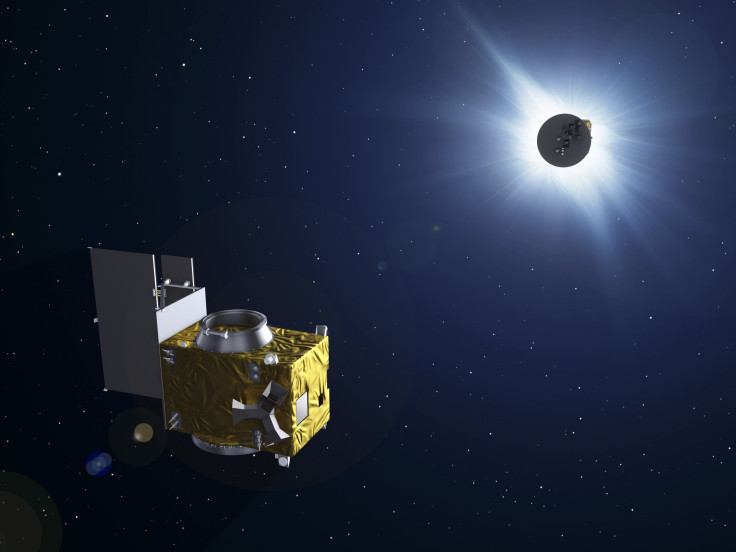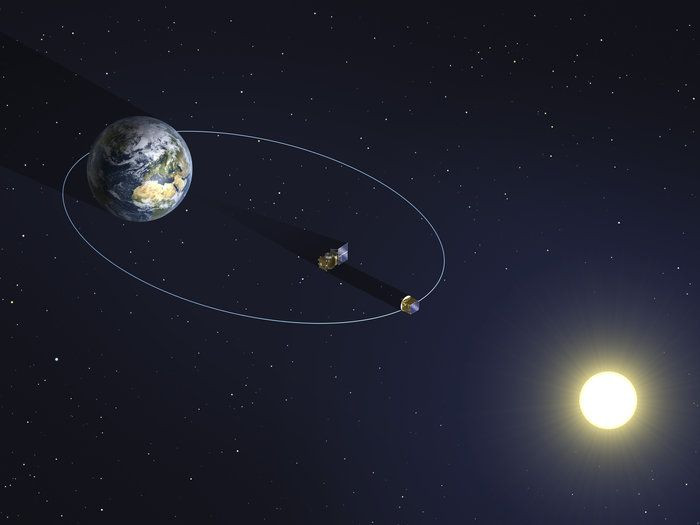ESA Seeks To Resolve A Longstanding Solar Mystery With 2019 Proba-3 Launch

The protosphere — the visible surface of the sun — is, at over 10,000 degrees Fahrenheit, scorchingly hot. However, in a clear defiance of our understanding of how things should be, it only gets hotter as you move outward, and the corona — the sun’s outer atmosphere — has a temperature of nearly 2 million degrees Fahrenheit.
This phenomenon has long puzzled astronomers, who have sought to use the rare total solar eclipses — the only time when the corona is visible — to study Sun's atmosphere and explain the so-called “coronal heating problem.”
Now, scientists at the European Space Agency (ESA) have announced plans to launch a “double-satellite” named Proba-3, which would allow them to induce solar eclipses at will. The spacecraft, which consists of an occulter satellite and a coronagraph satellite, is scheduled for launch in 2019.

“The primary payload is ASPIICS, a coronagraph to observe the corona in visible light while the DARA radiometer on the occulter measures the total solar irradiance coming from the Sun – a scientific parameter about which there is still some uncertainty,” Damien Galano, Proba-3 payload manager, said in a statement released Monday. “Furthermore, the ASPIICS coronagraph itself contains a smaller, secondary occulter disk, to cut down on diffracted light still further.”
Once launched, the two satellites will be maneuvered into a highly elliptical orbit having a high point of 60,000 kilometers (37,300 miles) and a low point of 600 kilometers (373 miles). The occulter satellite will fly roughly 500 feet ahead of the coronagraph satellite, which will lie in the former’s shadow. This, according to the ESA, should reveal coronal tendrils for hours on end.
“To minimise this unwanted light, the coronagraph can be positioned closer to the occulter – and therefore deeper into the shadow cone. However the deeper it is, the more the solar corona will also be occulted by the occulter,” Galano said. “Hence the advantage of a larger occulter and the maximum possible distance between the occulter and the coronagraph. Obviously a 150-m-long satellite is not a practical proposition, but our formation flying approach should provide us with equivalent performance.”
If this “external occulter” approach works out, it can, in addition to studying our star’s corona, be used to capture better images of exoplanets by blocking out their parent stars.
“It’s a similar challenge, the main difference being that the star in question is a point source of light rather than the extended source that our Sun is,” Galano said. “So it could be that formation-flown external occulters become versatile scientific tools, opening many new vistas in astronomy.”
© Copyright IBTimes 2025. All rights reserved.




















